by Alessandra Ressa
Via Rossetti, at the foot of Chiadino hill, is today a busy road with heavy traffic and smog-blackened buildings. Dozens of screaming ambulances drive through it every day to Cattinara hospital, and thousands of loud scooters climb the hill at top speed to catch the green light unwisely positioned halfway up the first ramp past via Battisti.
It is hard to believe this trafficked road was once a quiet and exclusive neighborhood, conveniently close to the thriving center where impressive villas stood, surrounded by immense gardens and parks. Today, surprisingly, some of its splendor and mystery still remains.
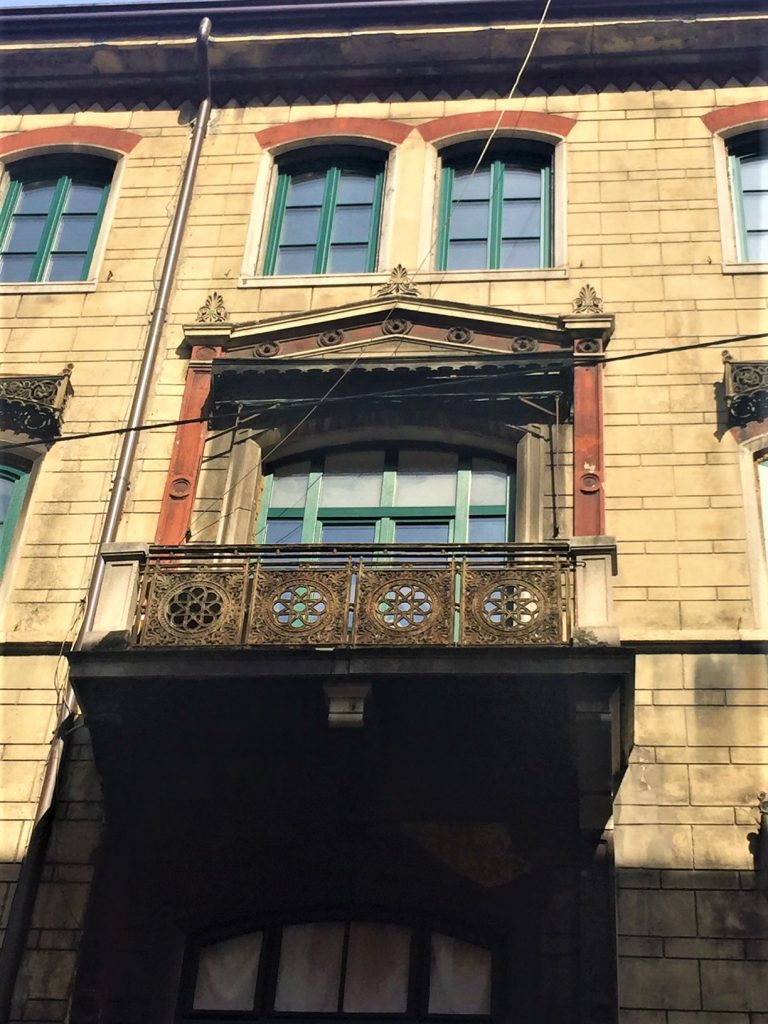
The blackened balcony at the beginning of the ramp in via Rossetti is definitely worth a glimpse once you begin your climb up from via Battisti. Since 1875, the road took its name from Trieste’s benefactor Domenico Rossetti, who donated part of his vast wooded property to the municipality to connect Corsia Stadion (today’s via Battisti) to via dei Porta (where many exclusive villas stood). Later, at the beginning of the 20th century, the road was extended to the horse racetrack of Montebello, then a favorite Triestino destination.
Horses were the true attraction of via Rossetti. The popular road had another special, narrower lane on its side for the exclusive use of race horses. Just like bike lanes today, horses could pass to and fro, either to Montebello race track, or to a very popular horse-riding school called La Cavallerizza, built in 1907 by Baron Leo Economo and located at the crossing of via dell’Eremo and via Gambini.
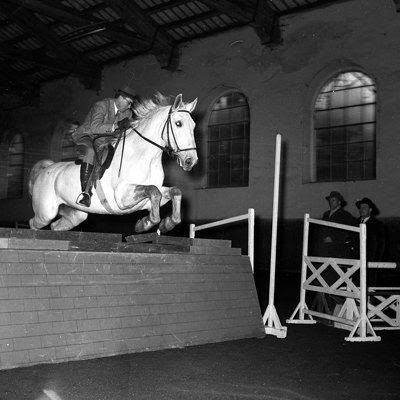
As a result, via Rossetti was packed with horses and people directly related to various horse-based activities, to the point that Trieste poet Umberto Saba melancholically highlighted the fast-changing aspect of that beautiful, once quiet neighborhood.
The riding school was really something to see with its oval shape and big wooden roof. It covered a wide area now replaced by tall unattractive apartment buildings, had indoor and outdoor tracks and a large entrance door with two life-size wooden horse heads.
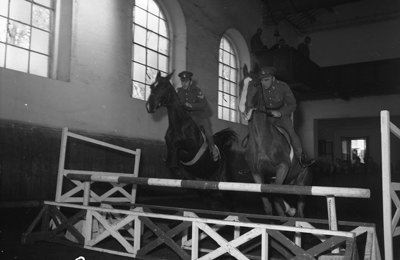
A very popular osteria, also named “La Cavallerizza” because of its proximity to the school, was at the corner of via Rossetti and via dell’Eremo. It was known for its wide and discreet garden, with its wrought iron tables and chairs conveniently hidden by a maze of bushes and tall cedars. Further up, across the street from Sanatorio Triestino, there was another very popular trattoria called “Spofford.”
Legend goes that the name came from that of a horse owned by an Englishman who used to stop at the trattoria every day. The Englishman ordered beer while the horse drank water at the special horse water fountain. Or was it the other way around?
This trattoria, which miraculously managed to survive until the 1980s as a popular beer garden, is now standing neglected and in a state of complete abandonment, the name of its last activity almost illegible and covered in creepers, and the sign “affittasi” (for rent) hanging at the rusted gate.

Our walk from via Battisti to via Rossetti, which was an old favorite of Italo Svevo, to Chiadino village at the top of the hill, proceeds when we reach the end of the first ramp at the cross street with via Ginnastica. Don’t let the ugly brick building on the left deceive you. Behind that modern annex stands one of the oldest sports clubs in Trieste, Ginnastica Triestina. To have a better idea of its past splendor, walk around the block and along via Petrarca.
Built in 1863 to promote sports among Trieste’s youth, the club was able to export generation after generation of talented athletes, many of whom became proud representatives of the city at Olympics and many other international competitions.
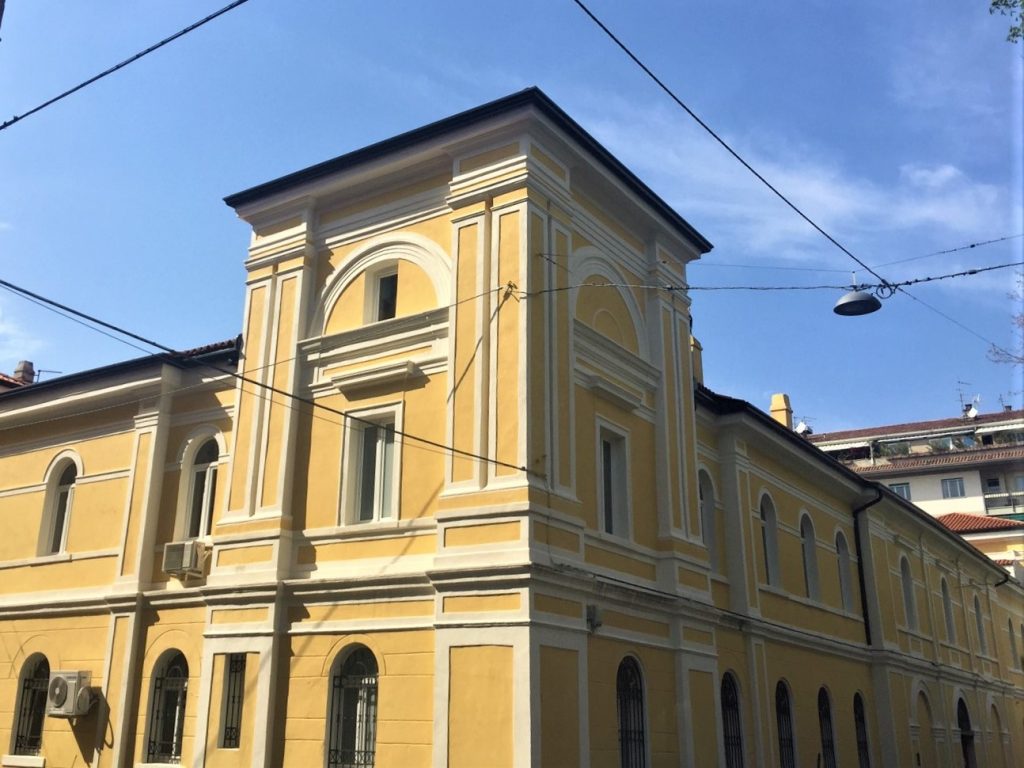
Società Ginnastica Triestina is still operating today, and it’s truly worth a visit as its interior deco hasn’t changed in a long, long time ( I’m guessing it wasn’t a deliberate choice). The halls, corridors, wide staircases, floors, wide indoor courts, and changing room all preserve that retro atmosphere that brings tears of nostalgia.
And you know something else? Here there was also a popular outdoor garden used for sports exhibitions. It was also used as an outdoor cinema in the summer until the early 1960s. The increasing traffic along via Rossetti and consequent noise then made it impossible for the audience to actually hear anything, and it was mostly used by couples as a discreet hideout.
Don’t miss villas, churches, and castles in Part 2…

























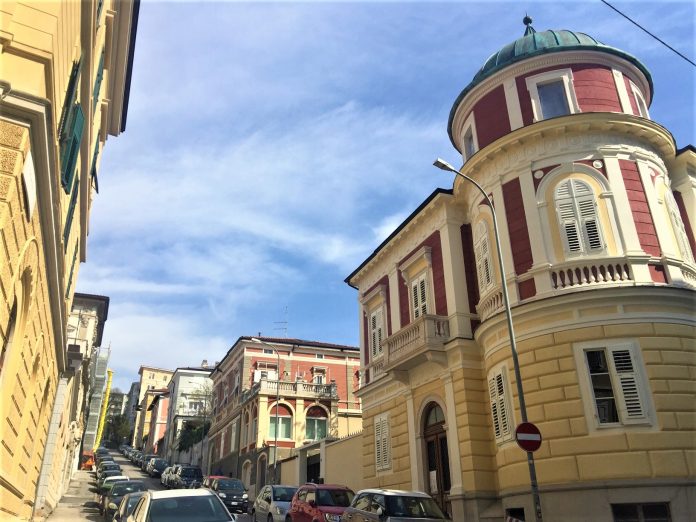




Beautiful story of an enchanting time.
Thank you!
Very interesting, great job. Thank you for sharing
Spot on .